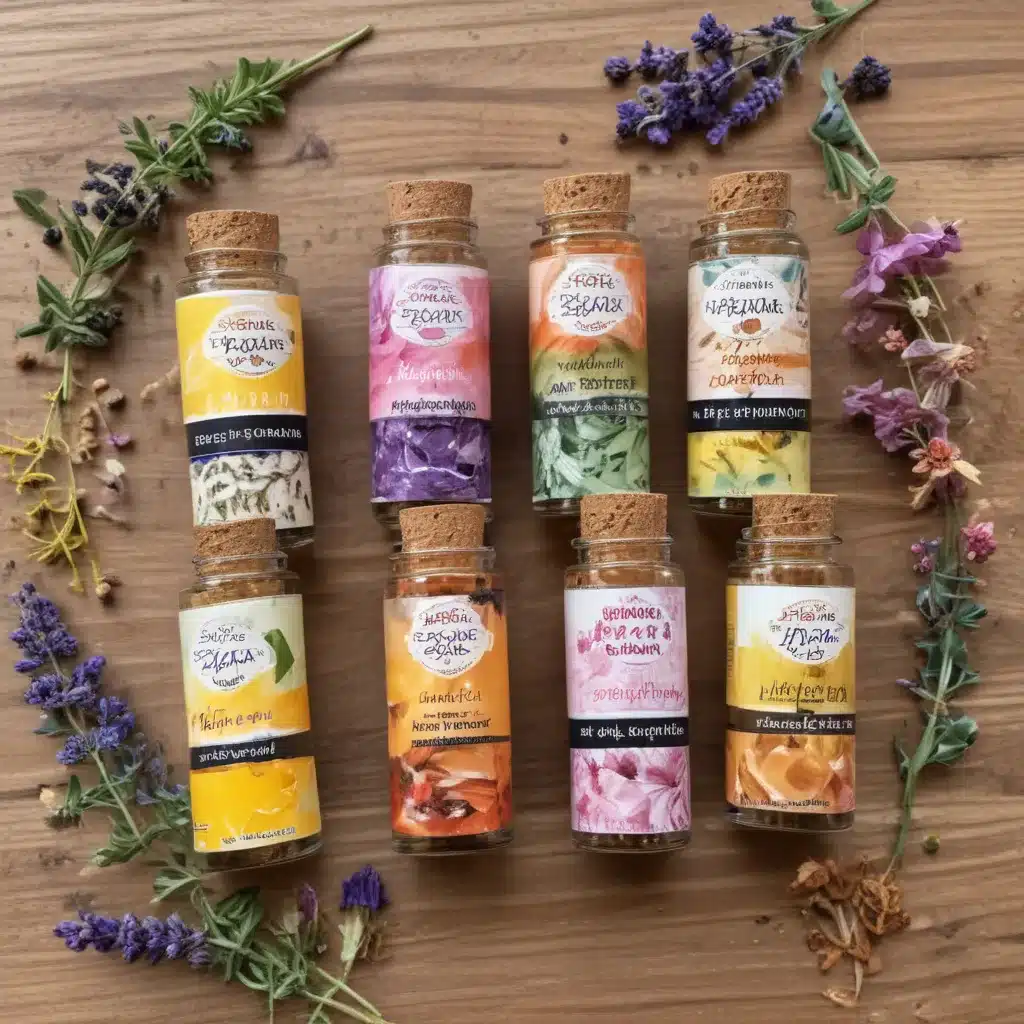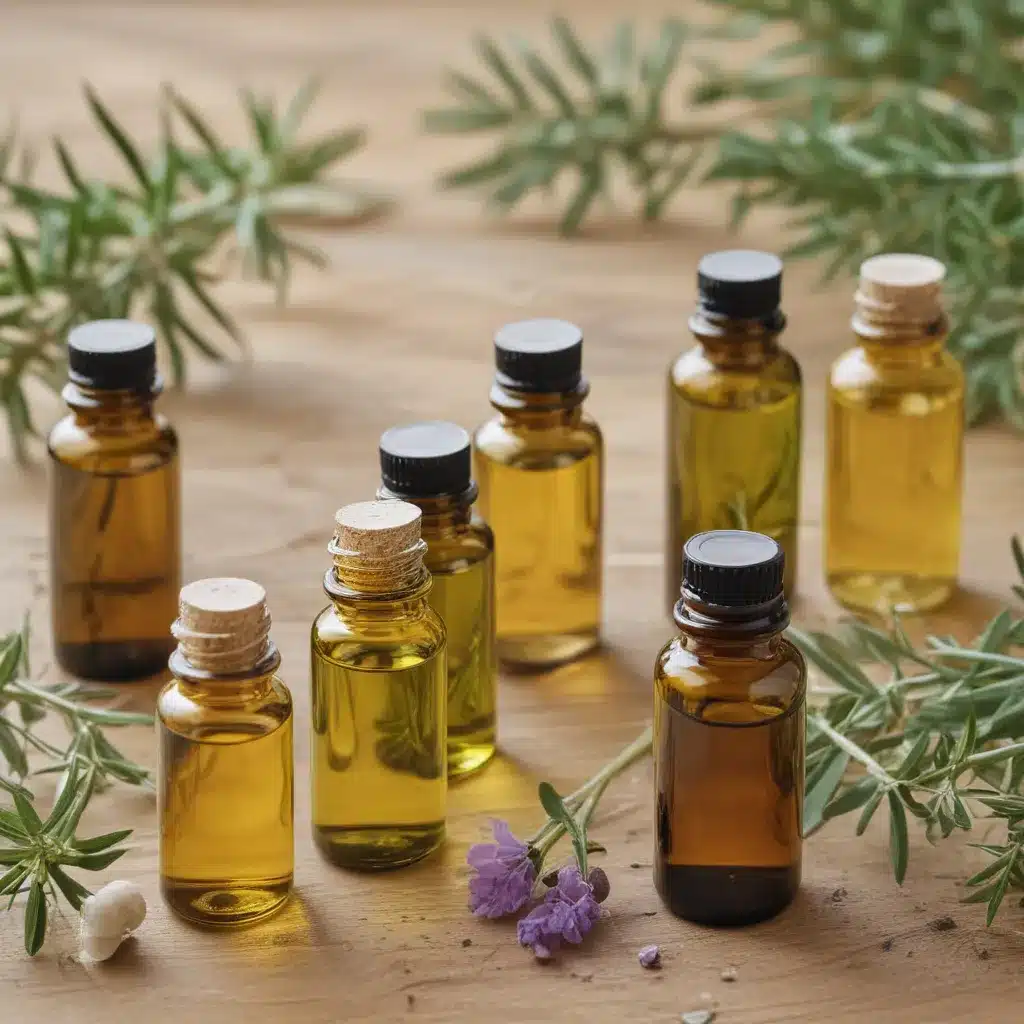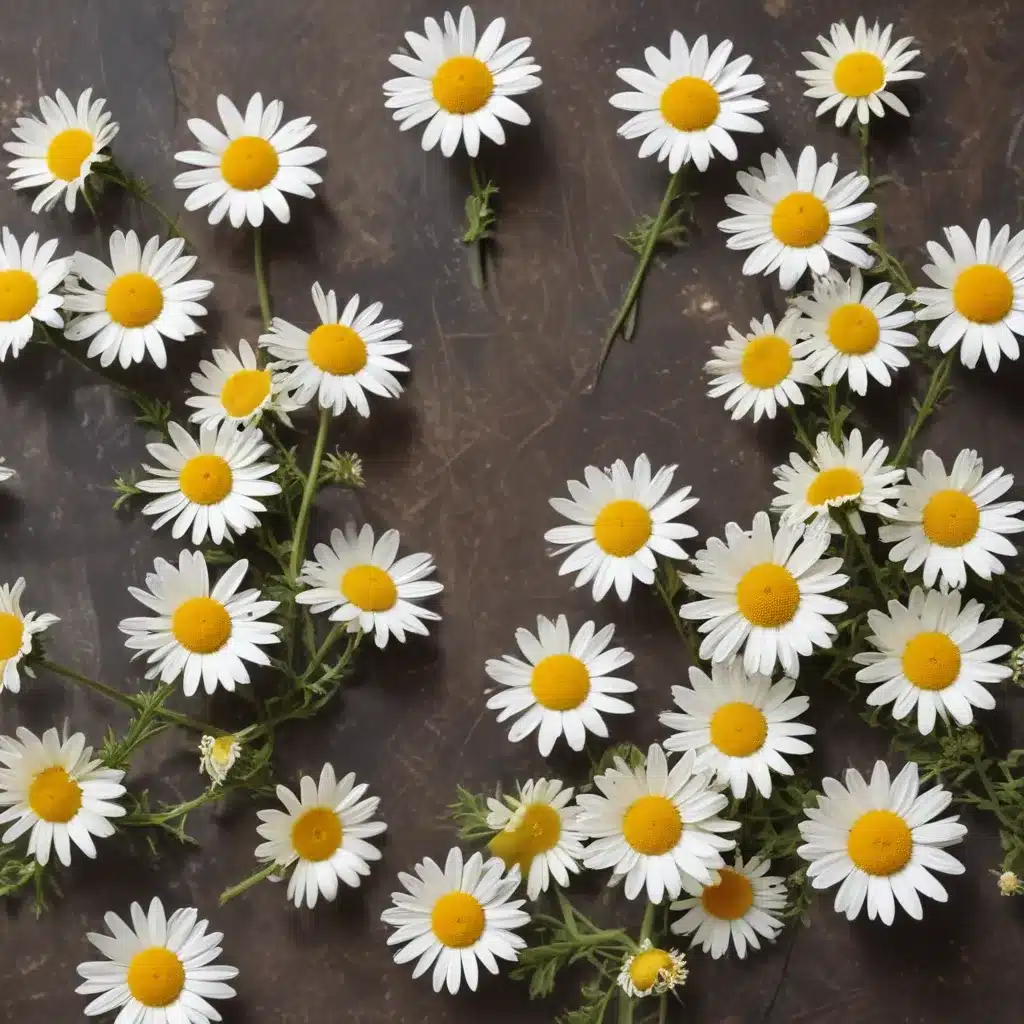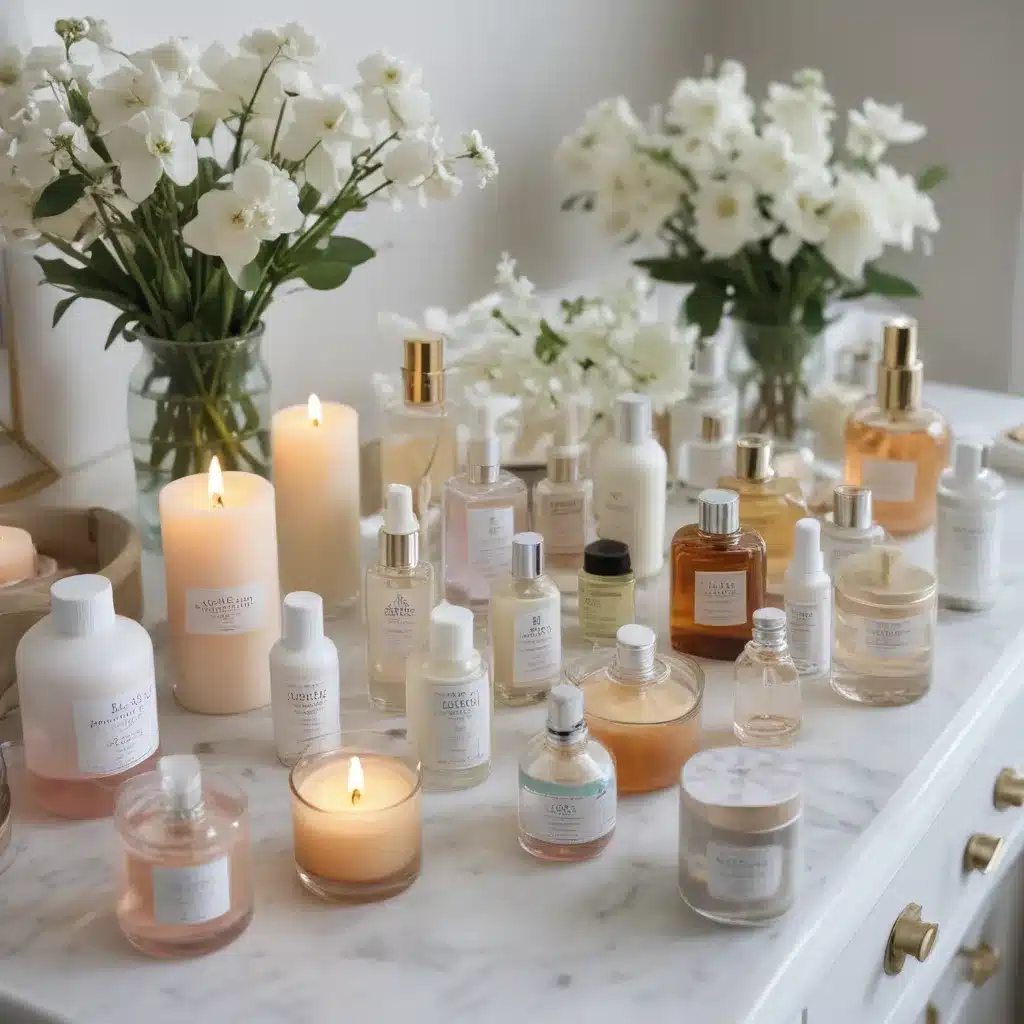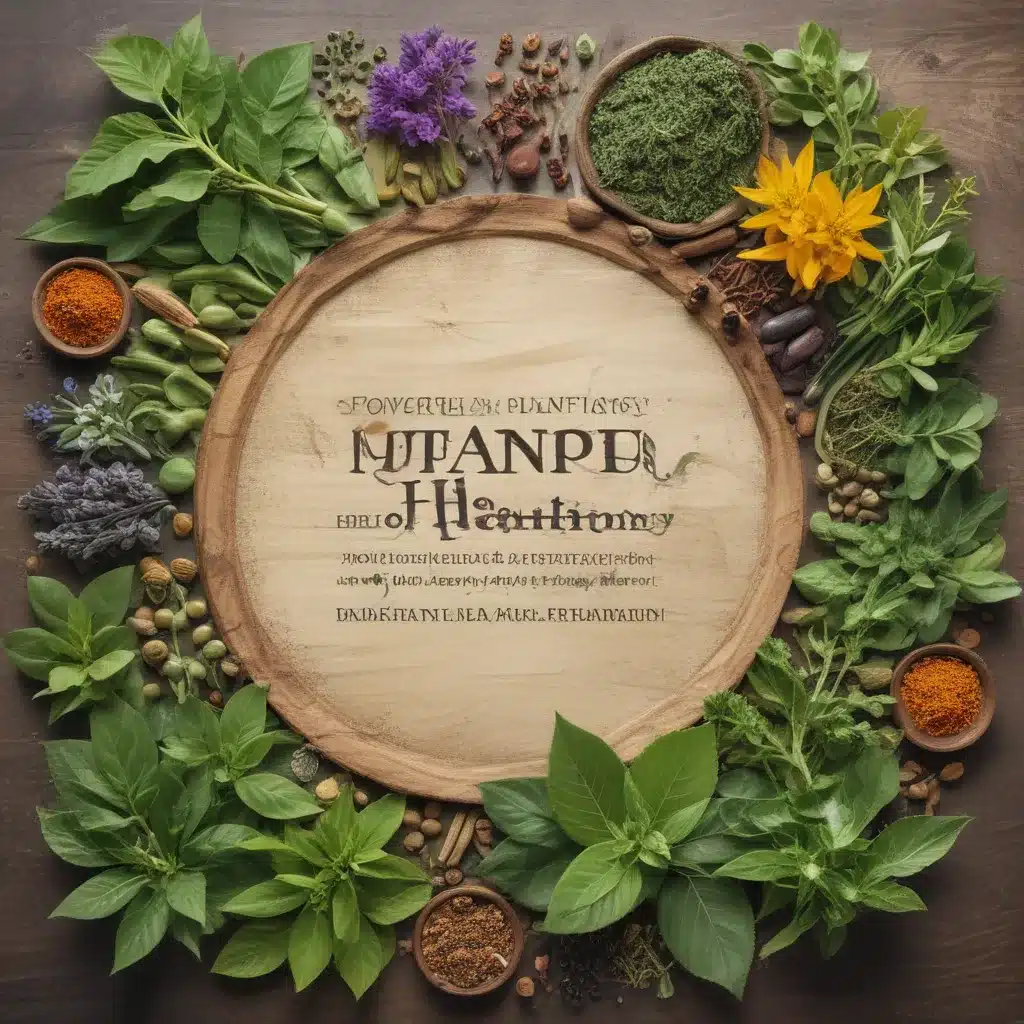
When formulating your own aromatherapy blend, understanding the concept of base, middle, and top notes in essential oils is crucial. Did you know that the way these notes interact can greatly impact the overall scent and therapeutic benefits of your blend? By mastering the art of combining these notes, you can create a personalized aroma that resonates with you on a deeper level. But how do you determine which essential oils fall into each category, and what factors should you consider when crafting your blend? Let’s explore the intricacies of blending essential oils to create a harmonious and effective aromatherapy experience.
Benefits of Aromatherapy Blends
Aromatherapy blends offer a range of benefits that can enhance overall well-being and promote relaxation. The use of essential oils in aromatherapy has been known to have positive effects on emotional wellness. Blending different essential oils together can create powerful synergies that help in managing stress, anxiety, and mood enhancement. These blends are carefully curated to provide a holistic approach to emotional well-being, making them a popular choice for those seeking natural remedies.
The art of crafting aromatherapy blends is not just about mixing oils; it’s about creating a sensory experience that can uplift your mood and calm your mind. By incorporating these blends into relaxation techniques such as massages, baths, or diffusing them into the air, you can create a serene environment that promotes inner peace and tranquility.
Aromatherapy benefits extend beyond just relaxation; they can also aid in improving sleep quality, boosting concentration, and even alleviating headaches. Each essential oil used in a blend has its own set of properties that contribute to these benefits. For example, lavender is known for its calming properties, while peppermint is invigorating and can help with mental clarity.
Understanding Essential Oils
When it comes to understanding essential oils, it’s important to grasp the basics first. Essential oils are highly concentrated plant extracts known for their therapeutic properties. Exploring the benefits of aromatherapy through essential oils can open up a world of holistic healing possibilities.
Essential Oil Basics
Understanding essential oils involves delving into the intricate world of plant-derived aromatic compounds. These potent substances offer a myriad of benefits and applications, from promoting relaxation to uplifting mood. To navigate the world of essential oils effectively, it’s important to take aromatherapy safety guidelines into account. Here are essential points to keep in mind:
- Quality Matters: Opt for high-quality, pure essential oils to guarantee efficacy and safety.
- Dilution is Key: Always dilute essential oils before applying them to the skin to prevent irritation.
- Patch Test: Perform a patch test before widespread use to check for any adverse reactions.
Benefits of Aromatherapy
Regularly utilizing essential oils in your daily routine can provide a multitude of benefits for both physical and mental well-being. Essential oils are potent extracts derived from plants that offer various therapeutic properties. Two key benefits of aromatherapy are stress relief and mood enhancement. Essential oils like lavender and chamomile can help alleviate stress and promote relaxation, while citrus oils like lemon and bergamot can uplift and enhance mood. Below is a table summarizing the benefits of aromatherapy:
| Benefit | Essential Oils |
|---|---|
| Stress Relief | Lavender, Chamomile |
| Mood Enhancement | Lemon, Bergamot |
Incorporating these oils into your daily routine through diffusers, inhalers, or massages can positively impact your overall well-being.
Choosing Your Base Note
To create a well-balanced aromatherapy blend, selecting the right base note is essential for achieving the desired therapeutic effects. The base note serves as the foundation of your blend, providing depth and longevity to the overall fragrance. When choosing your base note, consider the following:
-
Characteristics: Base notes are typically rich, heavy, and long-lasting scents that form the foundation of your blend. They are often derived from woods, resins, or roots, adding a sense of grounding and stability to the aroma.
-
Complementing Fragrances: It’s important to select a base note that complements the middle and top notes in your blend. This ensures a harmonious and well-rounded aroma that evolves over time, offering a complete sensory experience.
-
Therapeutic Properties: Different base notes possess unique therapeutic properties that can enhance the overall benefits of your aromatherapy blend. For example, cedarwood is known for its calming effects, while patchouli is often used for its grounding properties. Choose a base note that aligns with your intended therapeutic goals.
Selecting Middle Notes
As we move forward in crafting our aromatherapy blend, the focus now shifts to selecting middle notes that will complement our chosen base note and contribute to the overall aromatic profile. Middle notes serve as the heart of the blend, adding depth and complexity to the fragrance. When selecting middle notes, it is important to think about their compatibility with both the base note and eventual top notes we’ll incorporate.
Middle note pairing is a delicate art that involves finding scents that harmonize with the base note while enhancing its characteristics. For instance, if the base note is a warm vanilla, middle notes like lavender or rose can add a floral sweetness that complements the richness of the vanilla. Experimenting with different combinations is key to finding the perfect balance of scents.
Middle note blending techniques play a significant role in ensuring a cohesive and harmonious aroma. One effective technique is to start by blending the middle notes together before introducing the base note. This allows the middle notes to meld and create a unified scent profile before layering in the base note for added depth.
Exploring Top Notes
Let’s explore the essence of top notes, the vibrant and evocative scents that greet us first in an aromatherapy blend, setting the tone for the entire olfactory experience. Top notes are essential in creating that initial impression that captures our senses and draws us deeper into the blend. Here are some key aspects to take into account when working with top notes:
-
Floral Fragrances, Top Notes: Floral scents are delicate and uplifting, often evoking feelings of romance and tranquility. When using floral fragrances as top notes, think of the sweet and fresh aromas of flowers like lavender, rose, or jasmine. These scents can add a soft and feminine touch to your blend, creating a soothing and harmonious atmosphere.
-
Citrus Blends, Top Notes: Citrus top notes are zesty, bright, and invigorating. They can instantly uplift the mood and bring a sense of energy and vitality to your blend. Lemon, orange, grapefruit, and bergamot are popular choices for citrus top notes. Incorporating these scents can add a burst of freshness and invigoration to your aromatherapy blend.
-
Balancing Act: While top notes are essential for creating that initial impact, it’s vital to balance them with middle and base notes to guarantee a well-rounded and harmonious blend. Experiment with different combinations to find the perfect balance that resonates with your senses and emotions.
Understanding the characteristics of different top notes will help you create personalized aromatherapy blends that cater to your specific needs and preferences.
Balancing Your Blend
Achieving a well-balanced aromatherapy blend involves careful consideration of the interplay between top, middle, and base notes to create a harmonious and effective final product. When crafting your personal blend, keep in mind that each type of note plays a vital role in the overall scent composition. Top notes are the initial impression, middle notes provide body and fullness, while base notes give depth and longevity to the blend. Balancing these notes is essential for creating a blend that not only smells pleasant but also offers therapeutic benefits.
To achieve the perfect balance in your aromatherapy blend, it’s important to experiment with different scent combinations and understand how they interact with each other to create aroma harmony. Below is a table outlining some common essential oils categorized by their note types:
| Top Notes | Middle Notes | Base Notes |
|---|---|---|
| Lemon | Lavender | Sandalwood |
| Eucalyptus | Rose | Patchouli |
| Peppermint | Chamomile | Cedarwood |
| Bergamot | Ylang Ylang | Vanilla |
Safety Precautions to Remember
Balancing your aromatic blend successfully involves more than just creating a pleasing scent; it also requires keen attention to safety precautions to confirm a positive and beneficial experience. When crafting your personal aromatherapy blend, keep in mind the following safety measures:
-
Inhalation Safety: Essential oils are potent substances and can cause respiratory issues if inhaled in large quantities. Always confirm proper ventilation when using aromatic blends for inhalation. Consider using a diffuser or adding a few drops to a bowl of hot water for steam inhalation.
-
Skin Sensitivity: Essential oils are highly concentrated and can cause skin irritation if not properly diluted. Perform a patch test before applying the blend to larger areas of your skin. Dilute essential oils with a carrier oil like coconut or almond oil to reduce the risk of irritation.
-
Dilution Ratios, Proper Usage: Each essential oil has different dilution recommendations based on its potency. Research the specific dilution ratios for each oil you plan to use in your blend to confirm safe usage. Remember that less is often more when it comes to essential oils.
Tools for Blending
Utilizing the right tools is essential for effectively crafting aromatherapy blends that offer the desired therapeutic benefits. When it comes to blending tools for working with essential oils, there are a few key items that are indispensable. Having a set of glass dropper bottles is vital for accurately measuring and mixing your essential oils. These bottles are ideal for storing your blends and allowing for easy application when needed. Additionally, glass stirring rods or pipettes can help you safely transfer oils without contamination or spillage.
Understanding mixing techniques is also important for creating well-balanced aromatherapy blends. When combining different essential oils, it’s necessary to take into account their scent profiles and how they interact with one another. Some oils may have strong or overpowering scents, while others are more subtle. By experimenting with different combinations and ratios, you can find the perfect balance that resonates with your preferences and desired therapeutic effects.
Exploring various blending tools and mastering mixing techniques will not only enhance your aromatherapy blending experience but also allow you to create personalized blends that cater to your specific needs and preferences. Remember, the art of blending essential oils is a creative and rewarding process that can bring relaxation, balance, and harmony into your daily life.
Blending Techniques
Exploring different blending techniques is essential for creating harmonious and effective aromatherapy blends. By understanding the art of blending, you can achieve the perfect balance of scents that not only smell delightful but also offer therapeutic benefits. Here are some key techniques to help you master the art of blending:
-
Scent Layering: This technique involves adding essential oils in layers to create a complex and multifaceted aroma. Start with a base note, followed by middle and top notes to build a well-rounded scent profile. Scent layering allows each oil to shine through at different times, creating a dynamic and engaging blend.
-
Aromatic Harmony: Achieving aromatic harmony is about ensuring that all the oils in your blend work together seamlessly. Consider the intensity, aroma, and therapeutic properties of each oil to create a balanced blend. Pay attention to how the oils interact with each other to produce a unified and pleasing fragrance.
-
Blending Ratios: Experimenting with different blending ratios is vital to finding the perfect combination. Start by blending small quantities of oils and adjusting the ratios until you achieve the desired scent. Keep track of your recipes for future reference and refinement.
Mastering these blending techniques will empower you to create personalized aromatherapy blends that cater to your specific needs and preferences. Experiment, trust your intuition, and enjoy the creative process of blending essential oils.
Testing Your Blend
To ensure the effectiveness and satisfaction of your aromatherapy blend, it is vital to thoroughly test its aroma and therapeutic properties before full utilization. This testing phase allows you to fine-tune your blend to cater to your specific needs and preferences. One essential aspect of testing your blend involves scent sensitivity testing. This process helps determine if any of the essential oils used in your blend may trigger allergies or sensitivities, ensuring a safe and pleasant experience.
Custom scent creation is another important element in testing your blend. Experimenting with different ratios of essential oils allows you to tailor the aroma to your liking. Aroma preference testing is a delightful part of this process where you get to explore various scents and combinations, discovering what resonates with you the most. Blending experimentation is where the magic truly happens. By adjusting the proportions of each essential oil, you can create a harmonious blend that not only smells divine but also provides the therapeutic benefits you seek.
Through meticulous testing, you can create a personalized aromatherapy blend that uplifts your senses and supports your well-being. Embrace this testing phase as a journey of self-discovery and olfactory delight, allowing you to craft a blend that truly speaks to your soul.
Storing Your Aromatherapy Blend
When it comes to storing your aromatherapy blend, selecting the right container is essential to maintaining its potency and aroma. By choosing a dark glass bottle, you can protect the blend from light exposure, which can degrade the essential oils. Additionally, storing your blend in a cool, dark place will help preserve its therapeutic properties for longer periods.
Proper Container Selection
Choosing the right container for storing your aromatherapy blend is crucial to maintain its potency and effectiveness over time. When considering container options, you can opt for DIY creations or purchase store-bought ones. The choice between decorative and functional containers depends on your preference for aesthetic appeal versus practicality. Here are some key points to keep in mind:
- Material Matters: Select containers made of dark glass or high-quality plastic to preserve the blend’s properties.
- Size Consideration: Choose a container size that minimizes air exposure to prevent oxidation.
- Ensure Quality: Guarantee the container has a tight seal to prevent leakage and maintain the blend’s aroma integrity.
Ideal Storage Conditions
For best preservation of your aromatherapy blend’s therapeutic properties, the ideal storage conditions play a critical role in maintaining its quality and effectiveness over time. To safeguard the integrity of your blend and maximize aromatherapy benefits, store it in a cool, dark place away from direct sunlight and heat sources. Essential oils are sensitive to light, temperature, and air exposure, which can degrade their potency. Opt for dark glass bottles to protect the oils from UV rays and minimize oxidation. Make sure the lids are tightly sealed to prevent air from entering and causing evaporation. By following proper essential oil storage practices, you can prolong the shelf life of your aromatherapy blend and continue to enjoy its healing properties.
Customizing for Different Moods
To enhance the effectiveness of your aromatherapy blends, consider tailoring the essential oils to match your current mood. Depending on whether you need a crucial boost, relaxation, energy, or calming effect, customizing your blend can help you achieve the desired emotional state. Here are some suggestions for customizing your aromatherapy blend based on different moods:
-
Mood-Boosting Blends: When you’re feeling down or need a pick-me-up, consider blending uplifting oils like citrus (such as lemon or orange), peppermint, and bergamot. These scents can help elevate your mood and promote feelings of positivity.
-
Relaxation Blends: For times when you need to unwind and de-stress, opt for calming essential oils like lavender, chamomile, and frankincense. These soothing scents can help create a tranquil atmosphere and promote relaxation.
-
Energizing Blends: When you need a burst of energy and focus, try blending invigorating oils like rosemary, eucalyptus, and grapefruit. These stimulating scents can help increase alertness and revitalize your mind and body.
Incorporating Aromatherapy Into Your Routine
Crafting a consistent aromatherapy routine can greatly enhance your overall well-being by incorporating essential oils into your daily activities. Establishing aromatherapy rituals throughout the day can help create a sense of calm, boost focus, and uplift your mood. One of the most effective ways to incorporate aromatherapy into your routine is by using personalized fragrances that cater to your specific needs and preferences.
In the morning, consider starting your day with an invigorating blend of citrus oils like lemon or orange to awaken your senses and promote alertness. This energizing aroma can be diffused while you prepare for the day ahead or added to a morning shower for an uplifting experience. Throughout the day, having a rollerball blend of lavender and peppermint in your bag can provide a quick and easy way to combat stress and stay centered during busy moments.
In the evening, wind down by creating a relaxing ambiance with calming essential oils such as chamomile or ylang-ylang. You can diffuse these scents in your bedroom or add a few drops to a warm bath to promote a restful night’s sleep. By incorporating aromatherapy rituals tailored to your schedule and preferences, you can seamlessly integrate the benefits of essential oils into your daily routine for improved well-being.
Sharing Your Blend With Others
When sharing your aromatherapy blends with others, consider thoughtful gift-giving ideas that showcase the power of scent and its effects on well-being. Creating customized scent experiences tailored to individual preferences can deepen personal connections and foster relaxation or invigoration. Social scent sharing can also be a fun way to introduce friends and family to the benefits of aromatherapy and enhance shared experiences through scent.
Gift-Giving Ideas
One thoughtful way to share your aromatherapy blend with others is by packaging it in elegant glass bottles adorned with personalized labels. It adds a personal touch to your gift and shows that you’ve put effort into creating something special for your loved ones. When it comes to gift-giving ideas for your aromatherapy blends, consider the following:
- DIY Packaging: Use decorative glass bottles or jars to showcase your blend beautifully.
- Homemade Labels: Create customized labels with the recipient’s name or a heartfelt message.
- Gift Sets: Pair your aromatherapy blend with other wellness items like candles or bath salts for a complete self-care package.
These ideas will not only delight the recipient but also showcase your creativity and thoughtfulness.
Customized Scent Experiences
To share your aromatherapy blend with others and create customized scent experiences, consider hosting blending parties where guests can create their unique blends tailored to their preferences. Scent pairing is an exciting aspect to explore during these gatherings. Encourage your guests to mix different essential oils to create personalized scents that resonate with their individual preferences and needs. Provide them with a variety of aromatherapy recipes to inspire their creations. Sharing your knowledge about the properties and benefits of each essential oil can elevate the experience, allowing everyone to make informed choices. By facilitating these blending parties, you not only create a fun and interactive environment but also foster a sense of community around the art of crafting personalized aromatherapy blends.
Social Scent Sharing
Sharing your custom aromatherapy blend with others can enhance their well-being and create meaningful connections through the power of scent. It’s a beautiful way to spread positivity and relaxation among friends and family. Here are some ideas on how to share your blend:
- Scent swaps: Organize a gathering where everyone brings their unique blends to exchange with one another. This way, you get to try different scents and learn from each other’s creations.
- Aroma parties: Host a themed aroma party where guests can experience the benefits of aromatherapy together. You can provide materials for guests to create their blends or showcase your signature blend for everyone to enjoy.
- Gift giving: Share your blend as a thoughtful gift for birthdays, holidays, or special occasions. It’s a personal and heartfelt present that shows you care about someone’s well-being.
Conclusion
Crafting your own aromatherapy blend is like creating a symphony of scents that harmonize perfectly with your mood and needs. With the right combination of base, middle, and top notes, you can orchestrate a blend that soothes, energizes, or uplifts you whenever you need it. Experiment with different essential oils, store your blend properly, and share it with others to spread the joy of aromatherapy. Let your senses dance to the tune of your personalized fragrance masterpiece.






